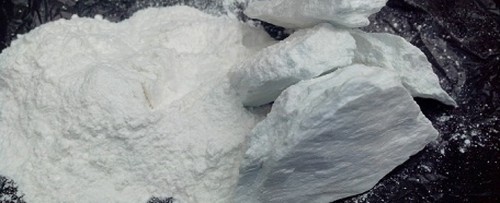Is the talc used for plastic reinforcement and modification, the whiter the better?

Plastic reinforcement and modification is an important application field of talc, especially for polypropylene modification in the automotive and home appliance industries, and whiteness is an important indicator of talc products. So, is talc powder for plastics, the whiter the better?
The whiteness of talc used in the plastics industry is usually expressed by CIE Lab (L*a*b*). In addition to measuring dry whiteness, wet whiteness is also measured. Dry whiteness is the definition of whiteness in the usual sense. Wet whiteness is the whiteness of talc powder after adding an appropriate amount of DMP (dimethyl phthalate) or DOP (dioctyl phthalate).
The factors that determine the whiteness of talc are not only the raw material itself, but also the particle size, moisture and impurities. If it contains dark impurities, such as iron sulfide, graphite, etc., the finer the product, the lower the whiteness.
There are many colors of talc in nature. Light-colored talc is white after crushing, but after mixing with resin, the color of the matrix will show more or less the true color of talc. This disadvantage limits the versatility of talc, especially the use of dark-colored talc in plastics. Compared with dry whiteness, wet whiteness can more intuitively reflect the degree to which talc changes the color of the plastic matrix. The lower the b*(b) value in wet whiteness, the smaller the color change of the plastic matrix.
Most of the world’s talc is not white. White talc mainly comes from China, Afghanistan, and India, which is relatively limited. With the growing demand for white talc in the plastics industry, the price has continued to rise in the past 20 years. The shortage of white talc is a long-term trend in the future. In fact, white talc is not needed in many applications. For example, in the enhancement and modification of dark plastic, the enhancement effect of using white talc and dark talc is the same.
Tests show that for every 1% increase in wet whiteness of talc, the whiteness of the final product increases by only 0.2% to 0.3%. One-sided pursuit of the whiteness of talc is meaningless. In the past, because the price of white talc was too low, many users did not think much about the increase in the cost of using white talc. With the reduction of supply and the increase of price, it is necessary to change the usage habits and improve the comprehensive utilization of resources.
The talc powder used for enhancement and modification also needs to control the number of black spots, especially for light-colored products that have higher requirements on appearance. These black spots are formed after grinding of natural iron sulfide ore, dark minerals such as graphite, or dark impurities from mining. A small amount of black spots has basically no effect on whiteness, but visible black spot defects will be formed on the surface of light-colored plastic products, affecting the appearance. A large number of black spots will adversely affect whiteness. The impurities will be further broken with the increase of powder fineness, resulting in a decrease in powder whiteness.
